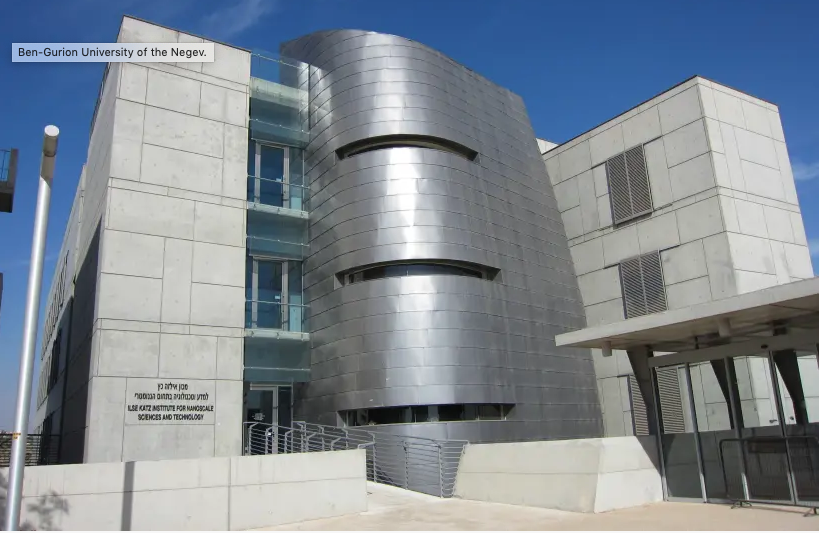NIBN, BGU and NIH researchers make breakthrough in the ‘Fight to Cure Lupus: A Proof of Concept in an Animal Model’, reported in the prestige journal Science.
By ZACHARY KEYSER DECEMBER 26, 2019 09:44 JPOST
Researchers from the National Institute of Biotechnology in the Negev (NIBN), Ben-Gurion University of the Negev in collaboration with the United States National Institute of Health (NIH) have made a breakthrough in dissecting the pathology of the Lupus disease – creating pathways to pave the direction towards an eventual cure to the autoimmune disease.Professor Varda Shoshan-Barmatz of the Department of Life Sciences and the founding Director of the NIBN in collaboration with Dr. Jay Chung of the NIH have successfully shown that the mitochondrial protein VDAC1 is “critical” for the release of mitochondrial DNA (mtDNA). mtDNA is linked to the composition of Lupus in patients, in addition, the newly found discovery has shown results in animal model for lupus to successfully relieve symptoms of the disease.
“Our breakthrough is identifying a new pathway for the exit of mitochondrial DNA that we can either trigger under controlled conditions or inhibit using our novel molecule that we specifically developed to prevent the formation of this pathway,” said Shoshan-Barmatz in a statement. “Since the results thus far with lupus have been so promising, we believe that the molecule will be beneficial with regards to other diseases such as Alzheimer’s, Crohn’s and ulcerative colitis – as our preliminary results already support.””When VDAC1 is over-expressed, as found in several diseases, a large pore composed of several VDAC1 units is formed, allowing the release of pro-cell death factors and mtDNA,” a statement from NIBN read.Shoshan-Barmatz, in order to combat this effect, created a molecule that hinders and restrains cell decomposition which then revitalizes mitochondrial functions within several other diseases including Lupus.”That novel molecule prevents the formation of the large pore caused by VDAC1 over expression and thereby prevents the exit of these factors from the mitochondria. Without the release of these factors, cell death in diseases such as Alzheimer’s and Parkinson’s diseases, or mtDNA release like in Lupus is avoided,” NIBN said.Over five million people worldwide are afflicted by the Lupus disease, an autoimmune disease similar to Colitis and Crohn’s – which to the hopes of NIBN would help fight other diseases associated with cell death or the release of mtDNA.
The long-term disease affects the immune system by making it hyperactive, attacking normal, healthy tissue. Symptoms of the disease range from swelling, inflammation, damage to either the skin, joints, kidneys, heart or lungs, severe fatigue as well as unexplained fever or pain – rashes across the skin is normally a well-known and proper indicator that the patient has Lupus.The NIBN and the NIH have shared “remarkable success” with treating Lupus in their patients so far, and together, the two teams are beginning to take measures to start treating other diseases with their findings.
